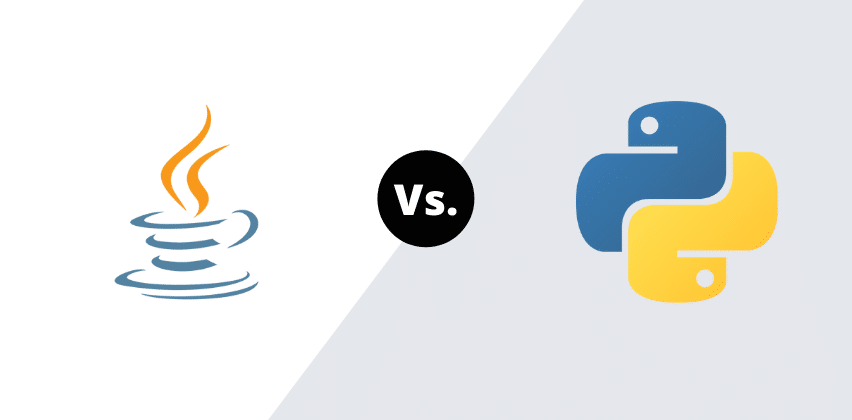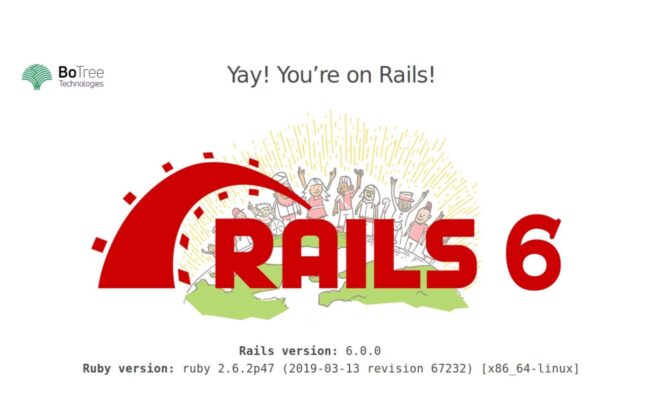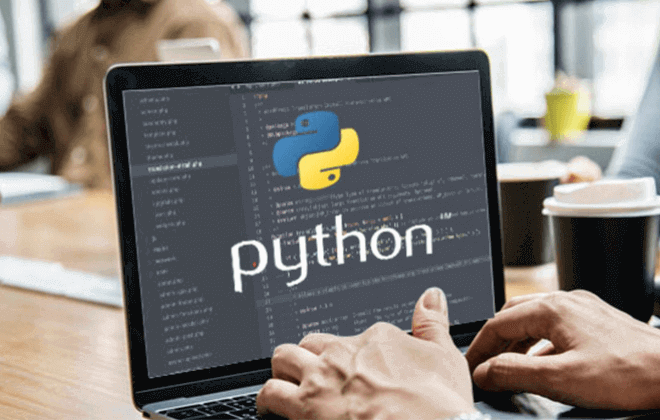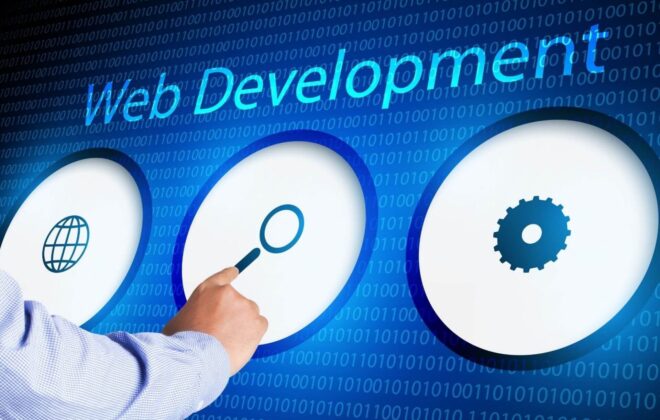
Java vs. Python: Top Programming Language Comparison
Python is the world’s most popular programming language, with a market share of 12.90%. In Dec 2020, Java was the most popular programming language, but with advancements in technology, changes are inevitable. Both Python and Java are the leading languages for product engineering and software development. However, with the variations in use cases, Java development services, and Python for app development are picking up different trajectories.
While Java is statically typed and Python is dynamically typed, they are the programming languages that most companies are now using in their technology stack. Even though Python app development has been around for longer than Java, it is only in the last couple of years that Python has shown some real progress.
As of 2021, Python is the third most used programming language with a market share of 48.24%, while Java is the fifth most programming language with a market share of 35.35%. Since the integration of modern technologies like Machine Learning, Big Data, Data Analytics, AR & VR, IoT, and more, both Java and Python application development have shown substantial growth and continue to captivate enterprises for software solutions.
Read more: Why is Java Application Development Popular in 2022
This article will highlight the differences between Java and Python for software development. It will consider a few parameters of comparison that will showcase how Python and Java are useful in different enterprise applications.
Python vs Java: A Programming Language Comparison
2022 is closing in, and technology is moving fast. So are Python and Java. As enterprises move towards complete enterprise digitization and performance optimization through software solutions, they need a powerful technology stack.
Both Python and Java are great contenders for building such systems that enable enterprises and startups to deliver better outcomes.
Speed & Performance Comparison
- Java is highly efficient – all thanks to its Just-In-Time compiler. Since it is a crucial component of the Java Runtime Environment, it compiles the bytecode into native machine code. This leads to performance enhancement during Java web application development. Since the code is directly compiled, there is no requirement of processing time or memory usage, making apps as fast as native applications.
- On the other hand, Python is an interpreted programming language, which slows down applications during runtime. It increases the workload on the interpreter. There’s also heavy memory usage. This is because of remembering the object types of objects retrieved from container objects.
Checkout Top 10 Popular Java Applications Examples in Real-world
Coding Syntax Comparison
- Python is a dynamically-typed, interpreted programming language, which means that it has an easier and precise syntax. There are fewer elements to take care of. Just by entering lines in the terminal, developers can start testing with Python. It simplifies the entire process of fixing bugs on the go. The syntax is easily readable – much similar to that of the English language. There’s not much confusion in the coding behavior.
- Java is a statically-typed programming language wherein you need to compile the whole program for execution. Java has a little complicated syntax as compared to Python. There are more lines of code required to create the entire program. Java software development has evolved over the years, but it is still a verbose language.
Stability Comparison
- Java vs Python for web development also compares in terms of stability. Which applications are more stable? Java receives continuous updates, and the libraries and frameworks offered by the programming language are regularly upgraded. The constant reviews and checks keep the application stable and make it less susceptible to crashing and lagging when there’s heavy traffic. This is a major reason why enterprises use Java for their digital products.
- Python development is as stable as Java. The programming language is in a constant state of growth – all thanks to the versatility it offers to enterprises in building applications. Python 3.10 is the newest major release of the programming language that aims to increase the stability during the development process.
Applications Comparison
- Both Java and Python are useful in building a wide variety of applications. Apart from enterprise applications, Java is heavily popular for enterprise applications. However, it is one of the best programming languages for DevOps, AI, VR, Big Data, Continuous Integration, Analytics, Mobile Chatbot, and Social. Java frameworks are significant for AR/VR development, data-based solutions, and enterprise programming.
- Python app development is becoming increasingly popular for web and mobile. It is highly useful in building enterprise systems, desktop apps, GUI solutions, and more. Python is widely used for Machine Learning and Artificial Intelligence solutions by companies in multiple domains. Fraud detection, disease diagnosis, and object recognition are three of the most popular use cases of Python in Machine Learning.
Frameworks Comparison
- Last but not least, Python and Java both have amazing frameworks for web and enterprise applications. Python has Django, which is the most popular framework for application development for the programming language. The Django ecosystem focuses on scientific computing, numerical applications, statistical analysis, and much more. Flask is an amazing framework for cross-platform application development that enables enterprises to build solutions for multiple resolutions.
- Java’s most popular app development framework is Spring. It is an inversion of the control container for Java enterprise applications. There are features that developers can use to build upon the Java EE platform. The simplicity and practicality of the framework make it the first choice for Java developers. There’s also hibernate, which offers a framework for mapping an object-oriented domain model to a relational database.
Read more: Why use Python in Healthcare Application
Wrapping Up
Python and Java are two of the most widely used programming languages in the world. There’s so much that they can do – ranging from Machine Learning solutions to Augmented and Virtual Reality based applications. They are powerful languages that serve the different needs of different organizations.
While both have their differences, it depends on the enterprise which programming language they want to use. Some of the biggest companies in the world, like Netflix, Spotify use Python, while other giants like Google, Pinterest, and others use Java web development services. Choosing a language depends on what enterprises want to achieve from the development process.




